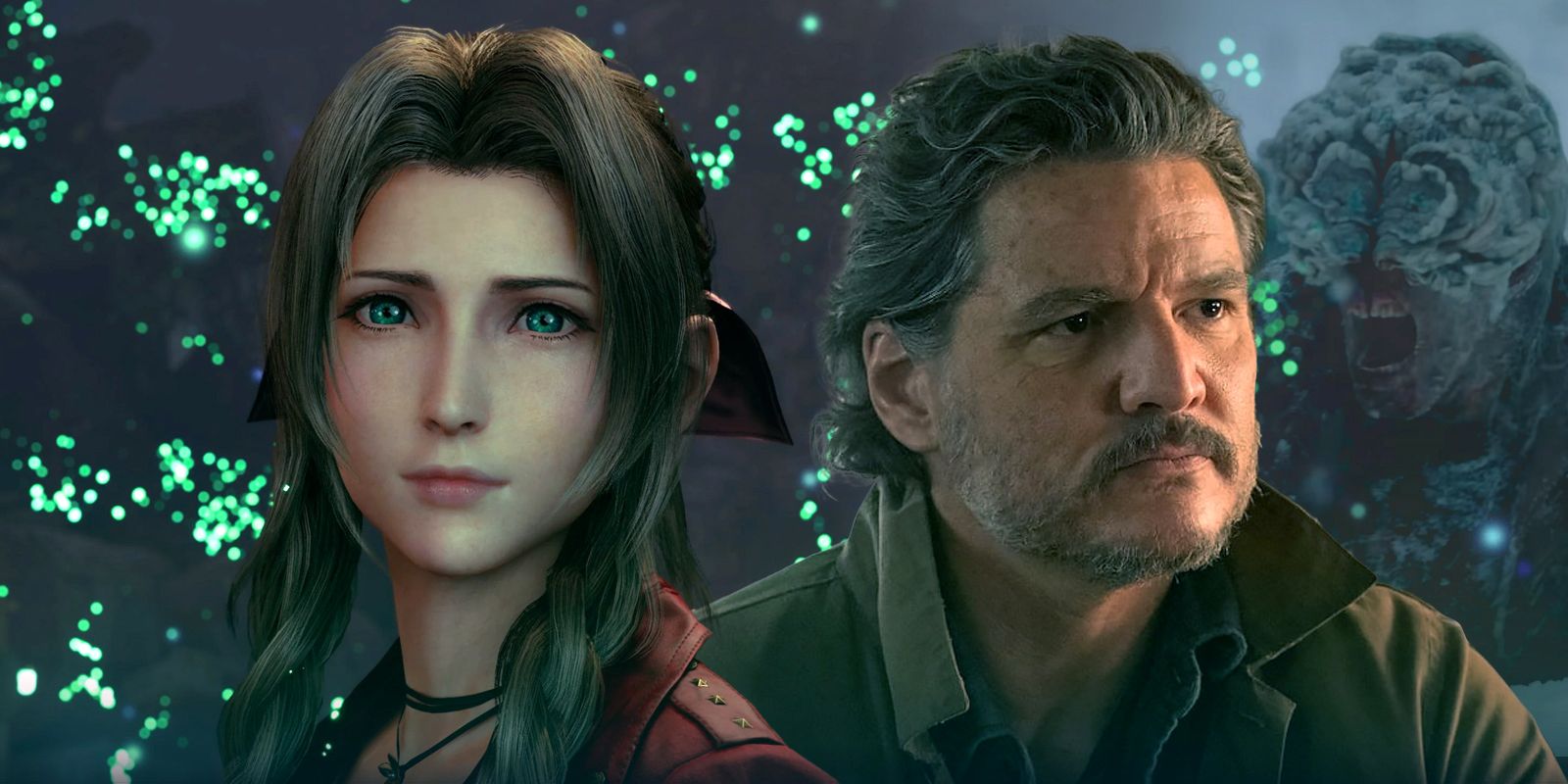
Final Fantasy VII and The Last of Us Part II each are home to two of the most shocking, discussed, and debated moments in video game history. Coincidentally, both of these moments have recently been remade thanks to Final Fantasy VII Rebirth and Season 2 of HBO’s The Last of Us. Did these remakes do the originals justice?
How Aerith’s Death In Final Fantasy VII Rebirth Compares To Final Fantasy VII
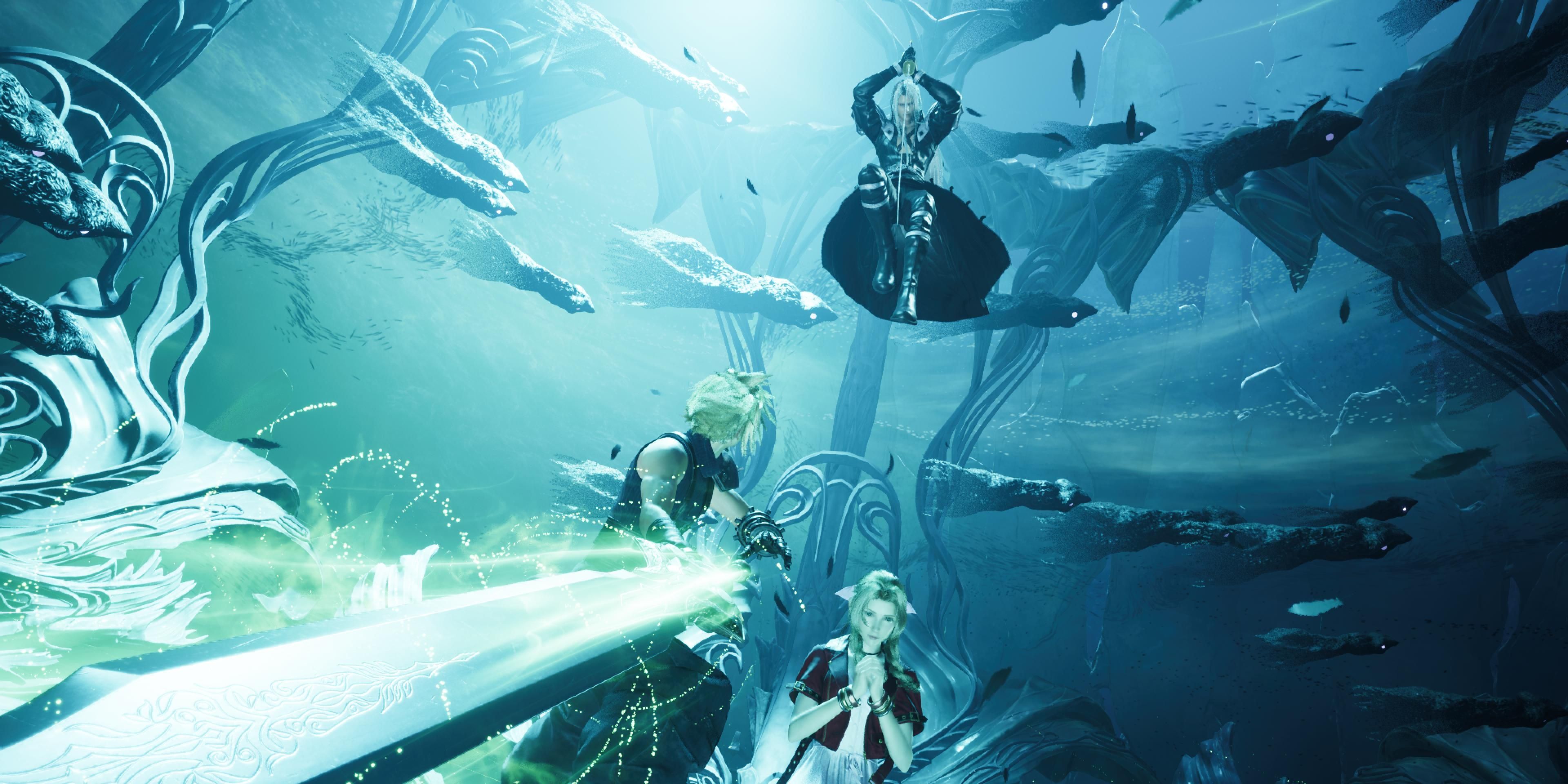
Often cited as the video game medium’s equivalent to the Darth Vader reveal in Star Wars Episode V: The Empire Strikes Back, Aerith’s death was one of the first gaming story moments to establish itself in pop culture and proved that gaming had a place as a storytelling medium.
What Final Fantasy VII Rebirth Did Right
The biggest thing Final Fantasy VII Rebirth did right in recreating Aerith’s death was simply commit to killing Aerith again. As soon as the Final Fantasy VII Remake project was announced, fans speculated how Square Enix would approach this pivotal moment. When Final Fantasy VII Remake began breaking the binds of fate and charting a new path for Final Fantasy VII’s story, fans questioned what this meant for Aerith. This led to an array of theories, most popular among them being that Tifa would be killed instead.
How do you get fans to be shocked at a moment everyone already knows about? By making them doubt that it will happen. Players booting up Final Fantasy VII Rebirth for the first time knew that someone’s death was going to be the climax of the game; they just weren’t sold on whom. Over the course of Final Fantasy VII Rebirth, tensions steadily rose with red herrings as the player approaches someone’s impending doom.
What Final Fantasy VII Rebirth Did Wrong
The Final Fantasy VII Remake trilogy’s use of multiverse and fate subversion has received a mixed response from Final Fantasy VII fans, with many believing this approach still hasn’t justified itself two games in. This multiverse approach did a fantastic job creating tension leading up to Aerith’s death, but when all was said and done, it only muddied things.
Even in the recreation of an iconic moment, Final Fantasy VII Rebirth insisted on reminding players that this isn’t the same game. Cloud’s presumed deflection of Sephiroth’s blade creates one last bit of hope that Aerith survives, but it also creates a sense of confusion as players have already been trying to navigate a messy multiverse thanks to the Zack Fair subplot.
There’s also the matter of the final boss itself. After Aerith’s death in Final Fantasy VII, players are quickly thrust into a boss battle, which Final Fantasy VII Rebirth does as well. Since this is the end of the game, Final Fantasy VII Rebirth needed more than just a Jenova fight. Enter the final boss, again Sephiroth. Cloud is joined by none other than Aerith for that fight.
This added to the mythos surrounding her death. For Final Fantasy VII Rebirth to almost immediately put players in control of Aerith again makes her death feel much less final, and creates the expectation that she will be revived in the third Final Fantasy VII Remake game.
Is It Better Than The Original?
Final Fantasy VII Rebirth did a great job of creating tension leading up to Aerith’s death. Knowing full well players were expecting it, Final Fantasy VII Rebirth instills doubt and even hope before devastating them all over again. However, Final Fantasy VII Remake’s trilogy multiverse plotline fights too hard to take the spotlight away from Aerith’s death, which can make her death feel more like a reluctant obligation rather than a moment that truly honors the original’s place in gaming history. Aerith’s death didn’t need to be a shot-for-shot remake, and this all doesn’t ruin an otherwise phenomenal game, but Aerith’s death needed a little more respect than it got.
How Joel’s Death In HBO’s The Last of Us Compares To The Last of Us Part II
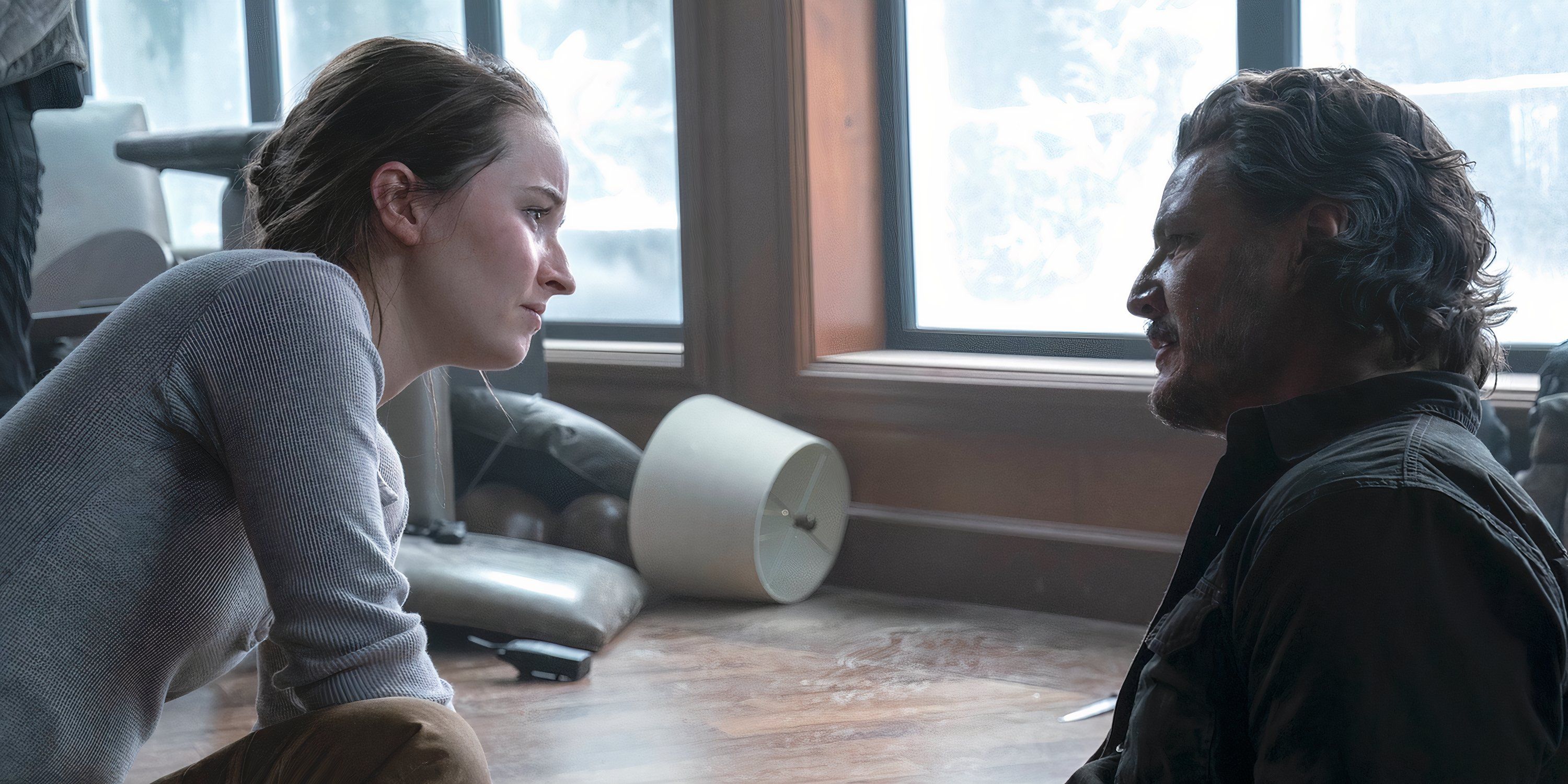
Joel’s death caused a stir in the gaming community as many were under the impression players would be going on another full-scale adventure with both Joel and Ellie, thanks to questionable marketing decisions likely born from a popular theory that arose right after the game’s reveal that Joel was already dead. Joel’s early game death was likened to the controversial protagonist switch in Metal Gear Solid 2: Sons of Liberty, and both still continue to yield passionate debates for reasons justified or not.
What HBO’s The Last of Us Did Right
HBO’s The Last of Us, in its episode “Through the Valley,” sticks very close to the source material. There are very minor differences in how it played out, such as Abby stabbing Joel in the neck with a broken golf club as opposed to finishing him off with one last swing of the club. Abby also learns Joel’s name in a more natural way.
Overall, Joel’s death in the show is just as devastating as it was in the game, and the show should be commended for sticking with it. The Last of Us Part II’s story doesn’t function without Joel’s death, so it was always going to happen. The show still could’ve overhauled it or shifted it to later in the season. Keeping it at the beginning makes for just as bold a decision in the show as it was in the game. Showing a little bit of the aftermath, with an injured Ellie slowly crawling toward Joel’s body, was heartbreaking as well.
What HBO’s The Last of Us Did Wrong
Similar to Aerith in Final Fantasy VII Rebirth, Joel’s death wasn’t the complete center of attention at the time. The secondary plotline of “Through the Valley” sees the Jackson community have to fend off wave after wave of Infected, similar to the Game of Thrones episode “The Long Night,” an episode which Bella Ramsey also starred in. By the time Joel and Dina get to the resort with Abby, all Joel can think about is getting back to Jackson to help his brother and presumably Ellie. The intensity of that plotline does distract a bit from Joel and Abby’s confrontation.
Is It Better Than the Original?
“Through the Valley” is still fresh in the minds of TV viewers, and HBO’s adaptation of The Last of Us Part II is very young, so it’s tough to say whether or not Joel’s death was better or worse. Joel’s death in the show feels in line with the series to date, where the show does take some liberties, but tries to stick to the source when it truly matters.
This results in scenes that are very faithful to the source material. It’s not without flaws, as the decision to reveal Abby’s motives early is a major shakeup that could impact the adaptation long-term, and it’s yet to be determined if the Jackson battle was truly necessary beyond TV thrills. However, HBO’s The Last of Us took one of the most shocking moments in gaming history and faithfully recreated it, potentially giving Joel’s death a place in TV history as well.
Which Remake Scene Was Better?
Both Deaths Were Heartbreaking, But One Stuck Closer To the Source
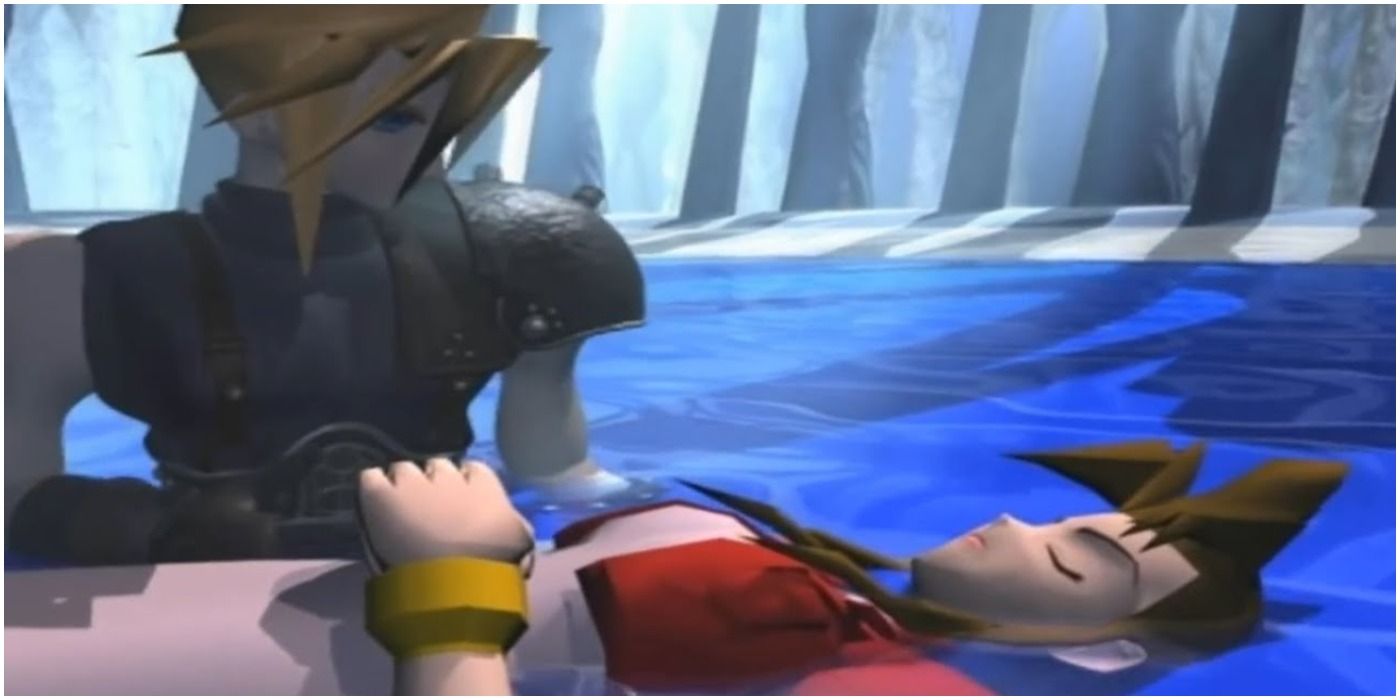
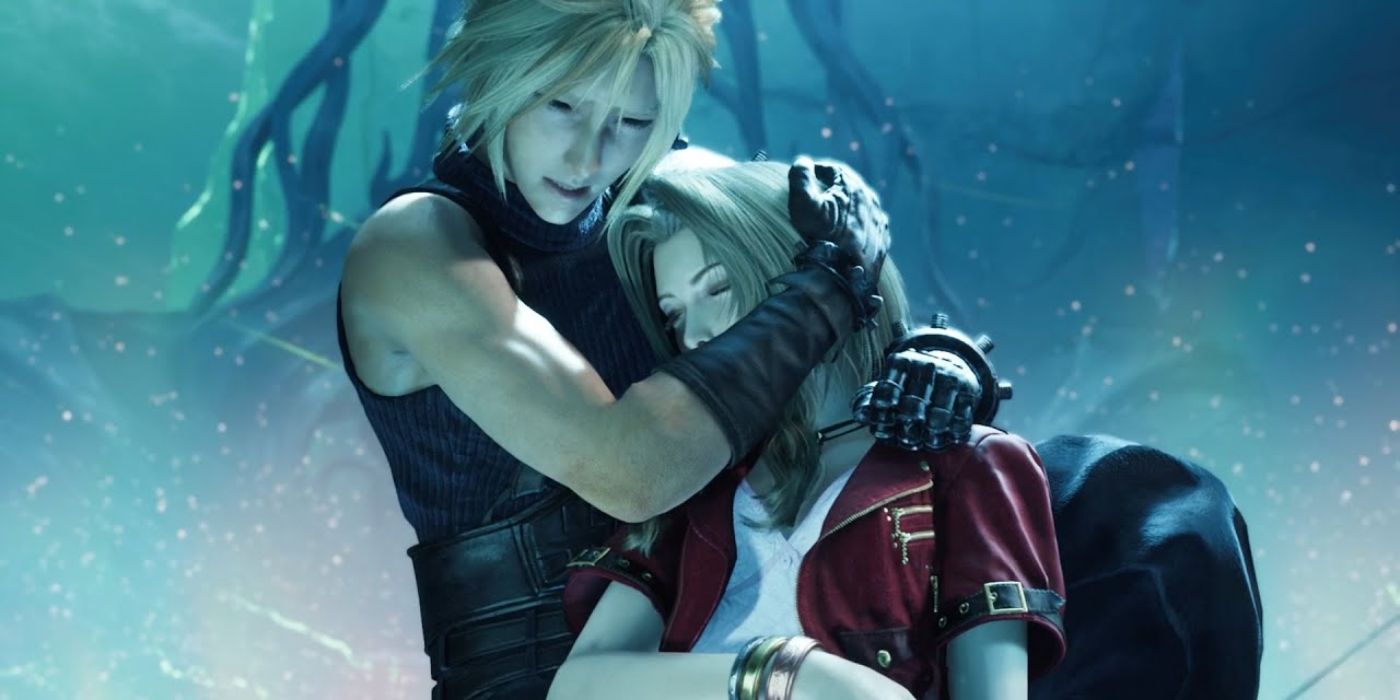
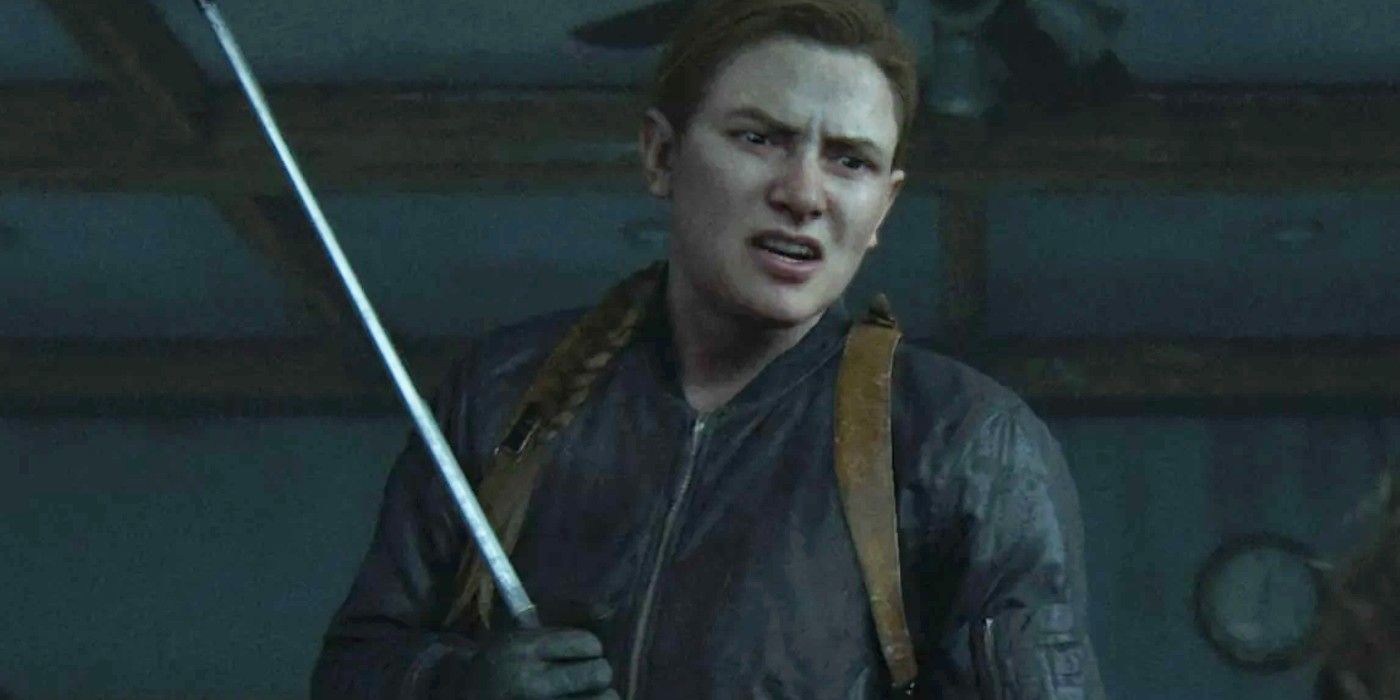
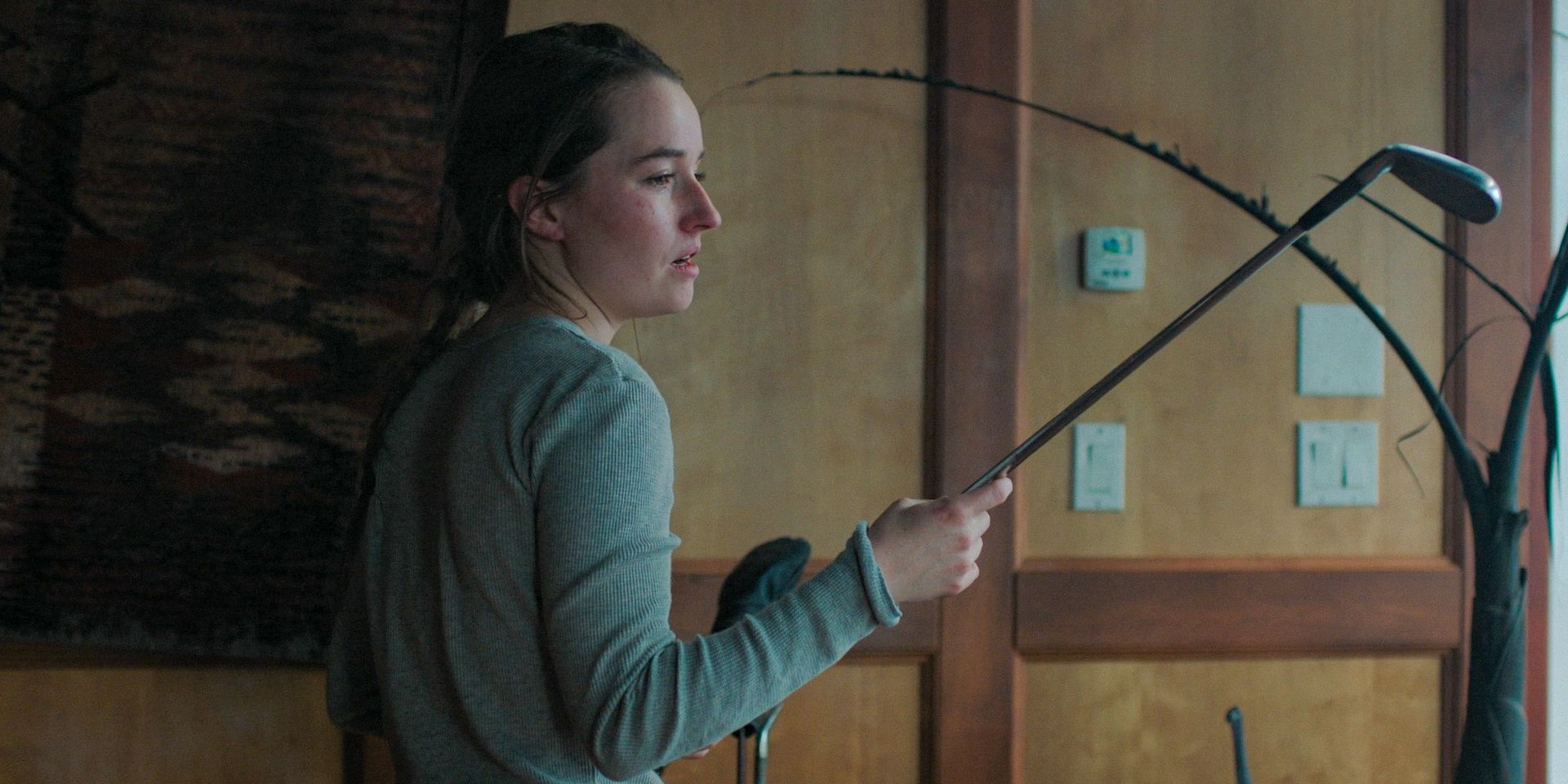




Joel’s death in The Last of Us Part II may never be as impactful in the gaming world as Aerith’s death was in Final Fantasy VII, or more appreciated, and it never needed to be. In comparison to Final Fantasy VII Rebirth’s take on Aerith’s death, HBO’s The Last of Us did a better job meeting the moment with Joel. Both Aerith and Joel’s deaths will forever have their place in pop culture, and no remake could ever truly replace those original scenes and how we felt when first experiencing them.
At the same time, some will experience these moments for the first time through their respective remade versions. HBO’s The Last of Us better understood this and simply let its shocking moment be. This is much like how Game of Thrones handled moments like the “Red Wedding” and unlike how AMC’s The Walking Dead controversially handled Negan’s arrival.
They hurt so badly. Not just because beloved characters died, but because of how much those moments took players out of their comfort zone. A comfort zone that they’ve grown accustomed to through years of gaming, and that left them feeling vulnerable with a complete lack of control in a medium where control is a central pillar.
Regardless of one’s feelings towards Aerith and Joel’s deaths in the original or their remade versions, it’s safe to say that each moment has a significant place in gaming history. A place where, years later, their true impact may still not yet be fully realized.





